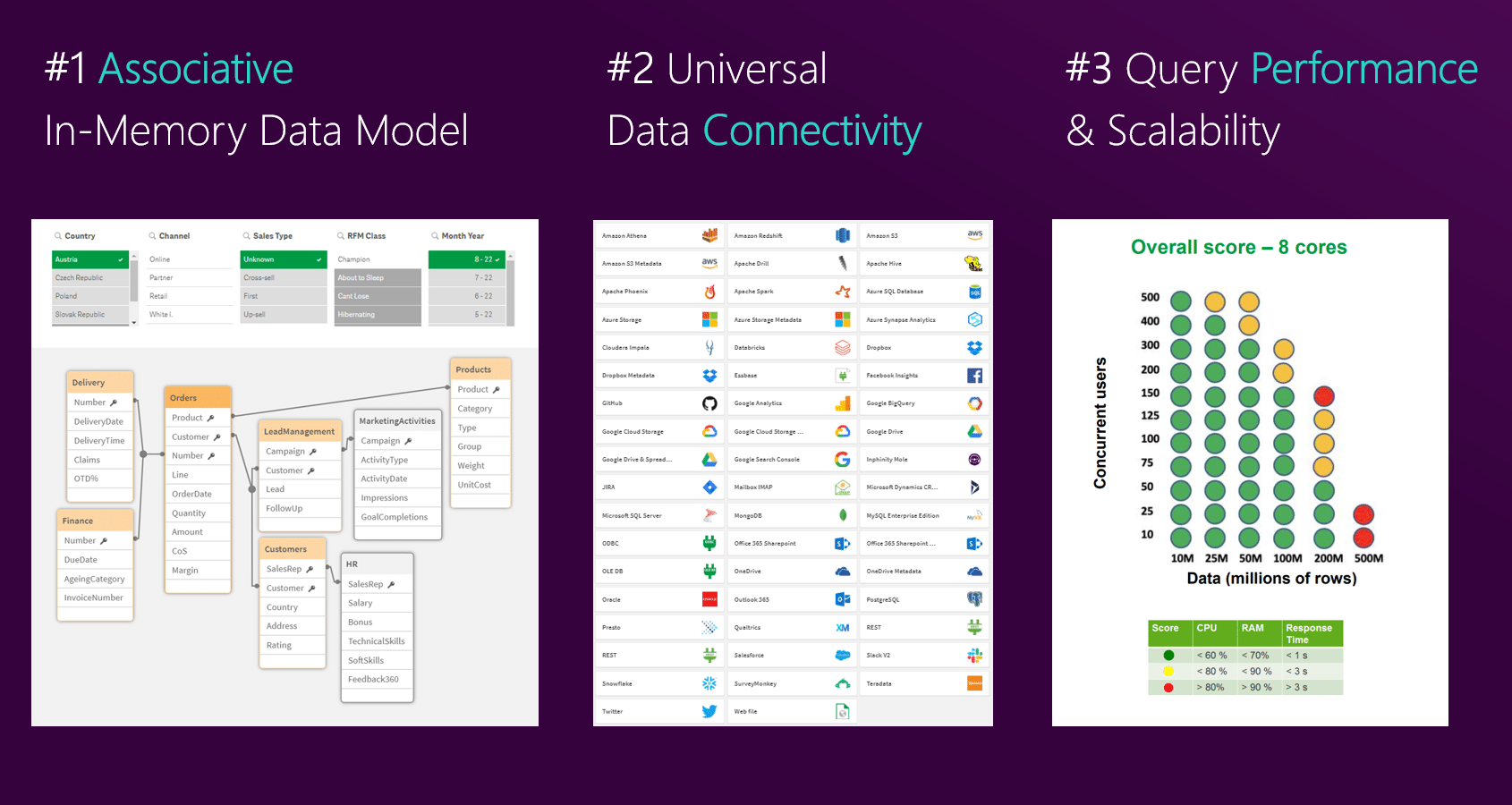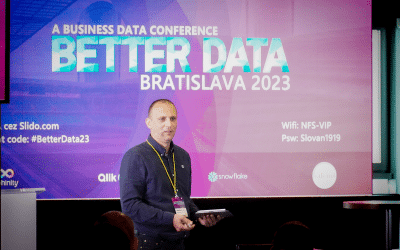What do you do, when you find some insight in your data and need to follow up with your colleague? People I work with will:
- ask on chat or call, just copying the insight to give context,
- paste a screenshot to a presentation for the next review meeting,
- send exported spreadsheet (with typed comments and notes) by email,
- or any combination of the above.
Well, as I think about this basic activity in Data Analytics, I cannot miss a massive potential for innovation. Because this flow of insights seems so inefficient (copying, duplicating), unreliable (chats and emails get “lost”), uncontrolled (data leaves a governed system and becomes static), and unsecure (where will that spreadsheet end up?).
Actionability is such a key aspect of a data-driven organization, yet it’s often disconnected from data – all those chats, emails, PPTs, and exported tables just take so much time and energy and generate misunderstandings.
Nobody has time to constantly analyse data, 99% of our time has to be about business operations, so relevant notifications/alerts are a key enabler here.
My third challenge for BI innovation is to enable systematic capturing and sharing of context and actions linked to data results. Plus, nobody has time to constantly analyse data, 99% of our time has to be about business operations, so relevant notifications/alerts are a key enabler here. The video shows how we approach this.
Merging data with action is the best recipe for successful DX initiatives. They should not wander around separated systems, emails, folders, or phones. If data is supposed to give us value it must be activated.
What the Future of BI will bring.
These are the innovation ideas I believe BI should focus on to tackle massive growth of data volume and the business need to convert that data into an asset. They are:
- seamless data associativity which will help with broadening the scope of insights and allow better prediction models,
- end-to-end data transparency which will help to build trust and uncover business process insights,
- data actionability which will eliminate inconsistent and unsecure sharing of insights, leading to faster reaction time to complex business challenges
No reason to hide that I’m a fan of Qlik Sense, which I believe is closest to delivering these innovations. Especially with extensions like Inphinity.
Fifteen years ago we at EMARK chose Qlik to help companies achieve their need to extract value from their data. There were three main reasons, still relevant today:
- associative engine which opens a broader spectrum of business insights by NOT hiding excluded data,
- capability to connect and process any data (yes, even semi and unstructured),
- impressive query performance and compression making it possible to handle big and wide data in one tool instead of having to rely on a stack that is hard to maintain and expensive to run.
Many features were added along the way, like nicer charts, good governance, alerting, autoML, automations, and more. Yet, when I think about what really drove the success of customer projects it was those three things.

Sometimes it takes a lot of scripts or a complicated SET to achieve the customer’s requirement. Well, impactful solutions are rarely easy and often impossible to create with drag-n-drop predefined selections wizard-like tools. The whole data world seems to be enthusiastic about Snowflakes and Pythons, which is pretty much pure coding, so there must be something in it.
I had a discussion with a colleague whether tools like Qlik will be still relevant in 5 years compared to ChatGPT and such. And if we, as BI developers, will be relevant. I am sure the answer is ´yes´ in both.

AUTHOR: RADOVAN ORESKY
Read my other blogs here: https://blog.emarkanalytics.com/author/radovan-oresky/






